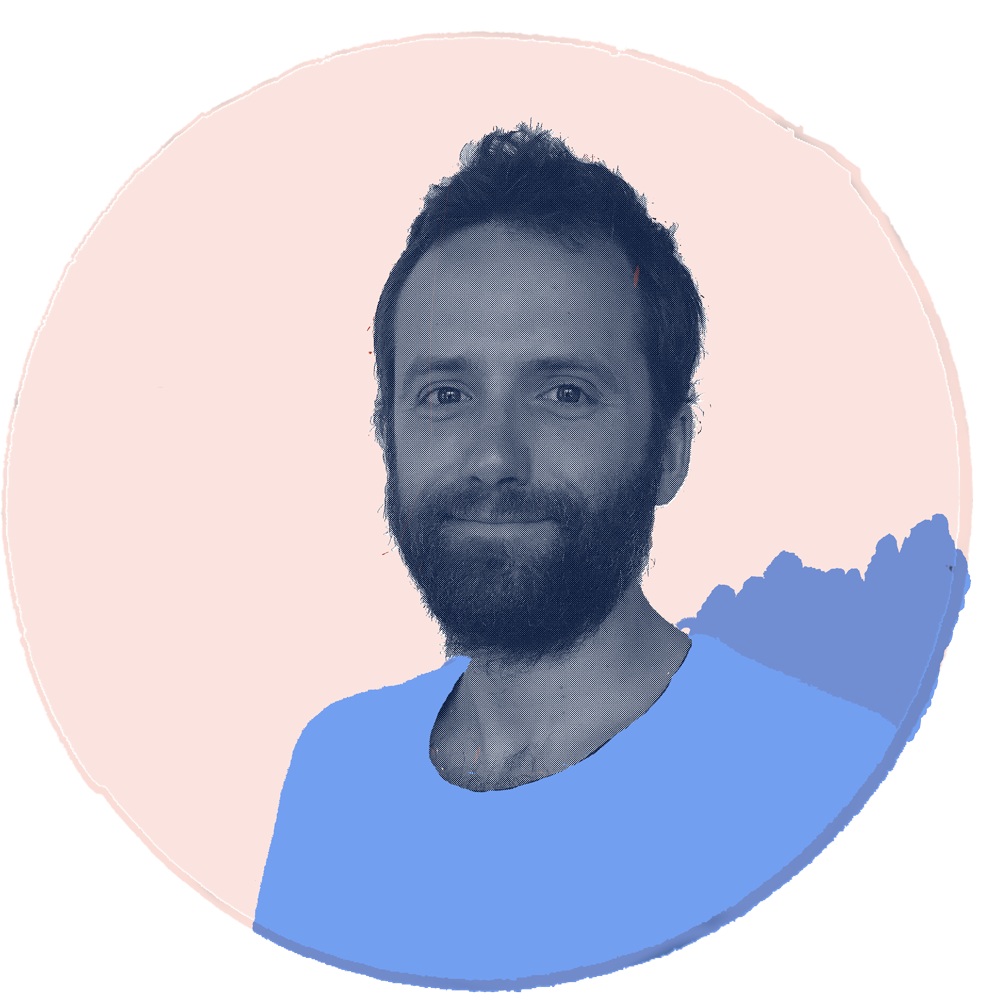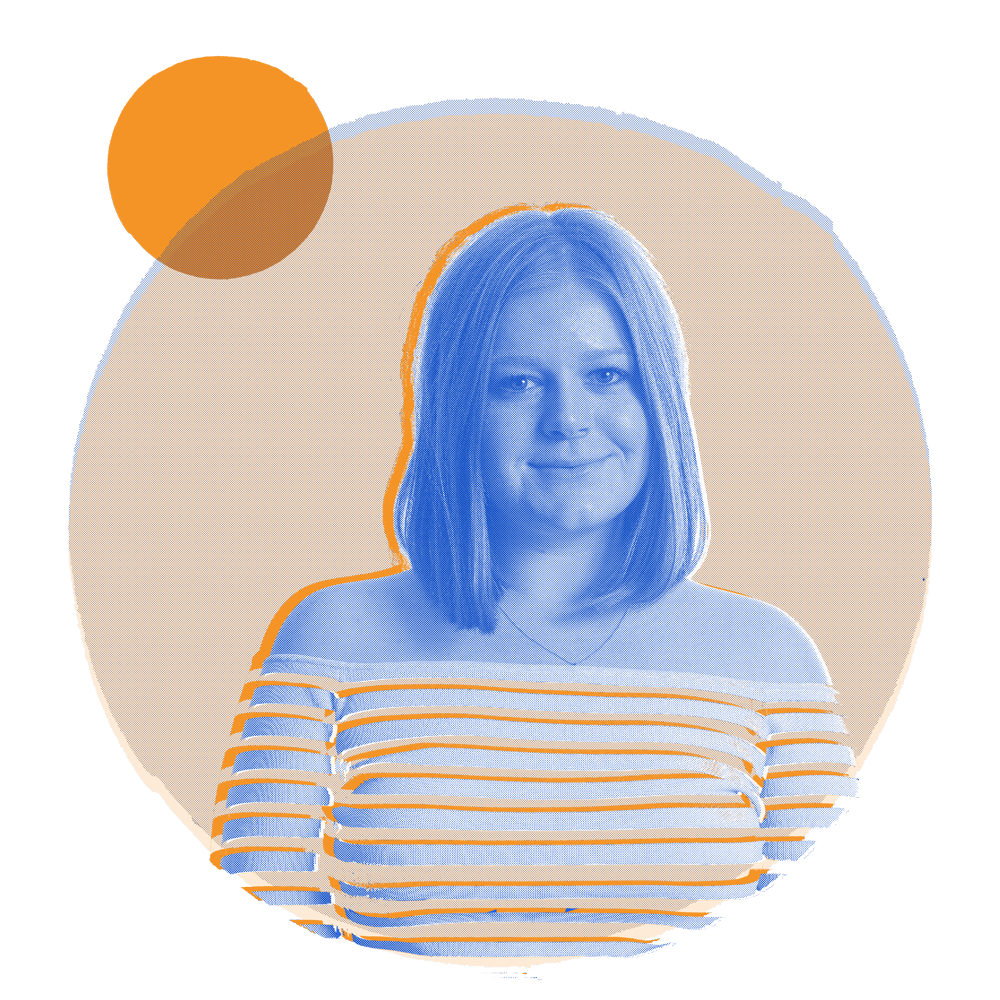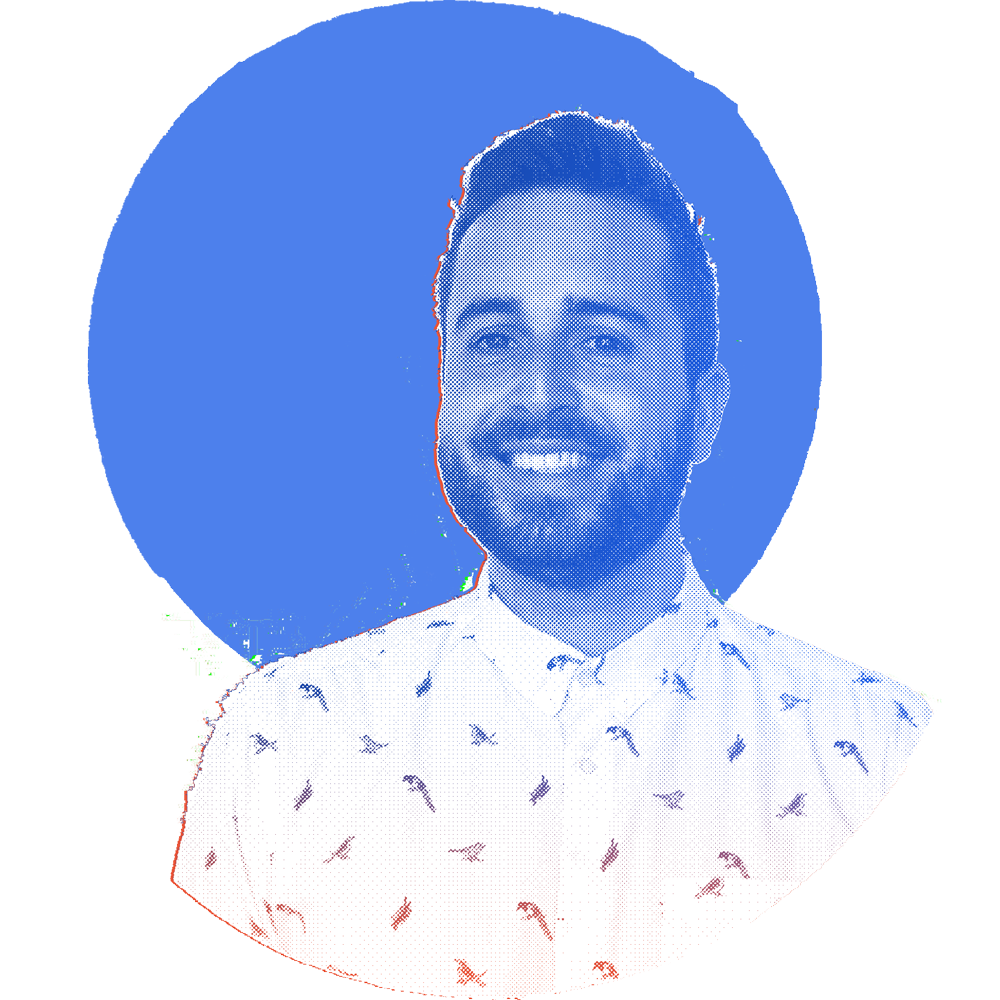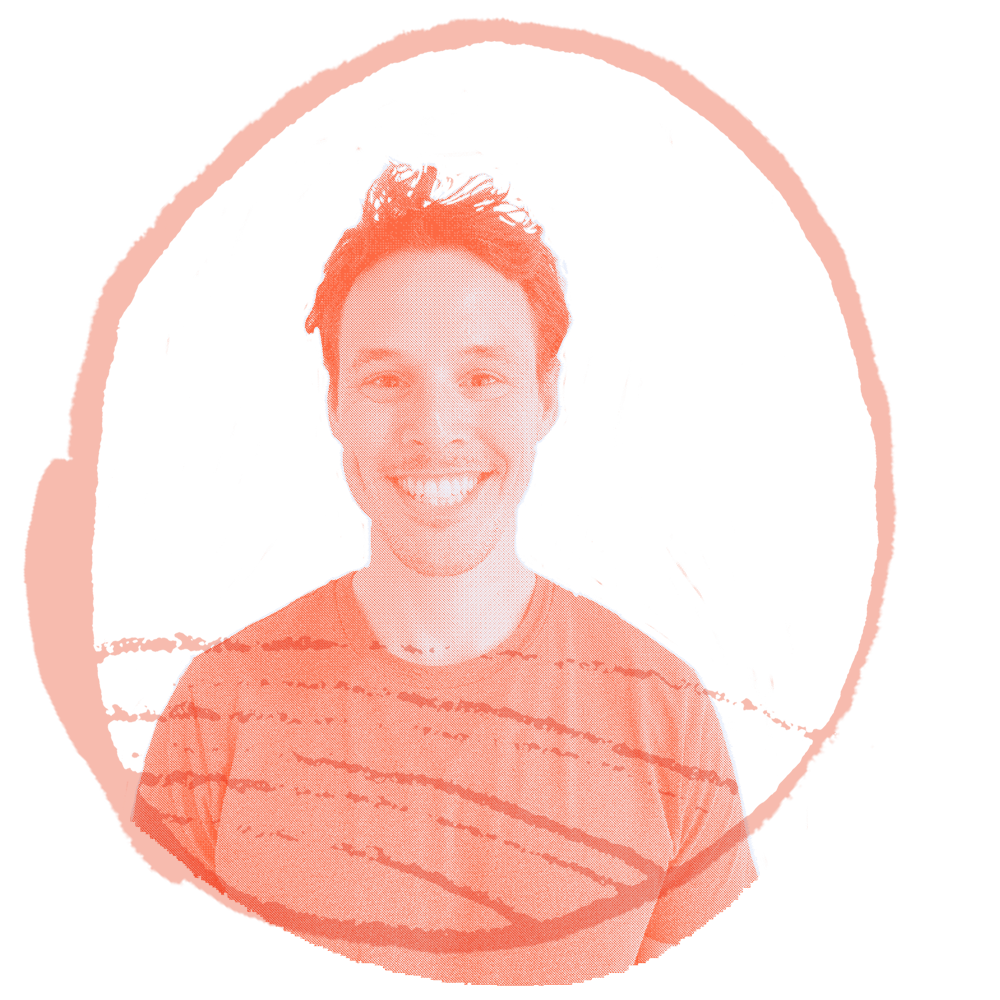This is a series of occasional blogs by BESA members and is part of their paid membership service. These views are not necessarily those of BESA and a published blog does not constitute an endorsement.
It’s London EdTech Week, a week-long celebration showcasing what’s new in the world of education technology. But what is EdTech, what sort of roles exist, what experience do you need and how do you get a job in an EdTech company?
The aim of EdTech (or Education Technology) is to improve education by using technology to improve teaching and learning processes. It’s a relatively new industry and lots of the companies in the sector are small start-ups or companies like Tassomai that are at the next stage of their growth.
Here at Tassomai there are a wide variety of jobs, and people from many different backgrounds doing them. We’ve asked four employees at Tassomai about their roles and how they got to where they are now.
Interested in a particular role? Jump to: Engineering, Customer Success, Sales or Design.

Name: Jonathan
What’s your current role?
Head of engineering (which means software engineering as that’s the only kind we do at Tassomai)
What does being Head of Engineering at Tassomai involve?
– Managing a team of software engineers
– Helping to translate business requirements into technology solutions
– Writing and reviewing code, mostly in the languages Python and Typescript
– Working closely with the Education team to find ways to improve the educational value of our product
How did you find out about your current job?
Through two friends who work here already. It was a very young company, and recruitment was mostly done by word of mouth back then.
What qualifications, if any, did you have to get in order to do your current job?
Experience and ability is much more important than anything else when it comes to making software / apps. I do have several degrees (including a PhD, for which the thesis was in logic and game theory), but I was hired because I’d worked in a number of companies, in similar roles, and I got those on the basis of being able to write code, translating business requirements into usable products.
What did you want to be when you were at school?
Various things: fireman, author…
What’s the best part about your role?
My team are amazing to work with, and we learn from each other.
What advice would you give to students thinking about their future?
Don’t rush into a decision; if you’re able to, try out different things. If you do a degree, it doesn’t have to be something that translates directly into a job (e.g. my undergraduate was philosophy with modern languages). That said, if you’re interested in computers, then a computer science degree can be useful, but also in that case I would recommend taking any opportunity you can to learn Logic.

Name: Sally
What’s your current role?
Customer Success Manager
What does being a Customer Success Manager involve?
Building relationships with schools, in order to help them get the most out of the program. We spend most of our time speaking with teachers to offer advice and training on how to use the program and implement it well in school. The aim is to help teachers to get their students engaging with and learning from Tassomai, which gives them time to analyse the data Tassomai provides to target teaching more effectively in school. There is also a lot of time spent listening to feedback from our users, and passing this on to our Product and Engineering teams, so that decisions can be made to improve the program.
How did you come to be at your current job?
I started off at Tassomai as a content writer for chemistry. I read about the job in a post that a previous employee had put in my university group. There were a lot of opportunities to grow and try many different roles out once I got here (as there were only about 12 of us we shared varied responsibilities). I eventually started to speak with schools and customers more, and took on more work within the Customer Team as I enjoyed seeing the impact of what we do every day. I joined our new Customer Success Team in January.
What qualifications, if any, did you have to get in order to do your current job?
Although it would not be a distinct requirement for my current role, I did a degree in Biomedical Science which gave me the qualifications to start out as a Content Writer for Chemistry.
What did you want to be when you were at school?
A doctor.
What’s the best part about your role?
I enjoy seeing and hearing about the impact that Tassomai has had within schools, for teachers, pupils and even parents. Visiting schools and hearing from teachers and pupils how much of a difference the program has made is definitely one of the most rewarding parts of my role.
What advice would you give to students thinking about their future?
Try not to worry too much if you aren’t certain what you want to do at this stage. There can be a lot of pressure to know exactly what your future job will be at school, but you will learn more about what certain jobs actually entail, and about what you enjoy and value as you grow. Plus – lots of people at my age still aren’t completely sure!

Name: Chris
What’s your current role?
Sales Manager
What does being a Sales Manager involve?
One of the main roles of being a Sales Manager in an EdTech company is to be an important link between the company and the customer. Often, this involves making phone calls, emails and in-school visits to teachers, asking them a variety of questions about their needs and then assessing how we, as a company, can help meet those needs. Great communication and teamwork skills are vital for this role and you need to be knowledgeable, friendly and trustworthy. One of the best parts of the job is building up a rapport with particular clients, and getting to know them.
How did you find out about your current job?
Via a recruiter specialising in matching teachers to EdTech companies. Leaving teaching was daunting at first, but once I took the time to research my opportunities I realised there were plenty of careers available to me.
What qualifications, if any, did you have to get in order to do your current job?
My degree was the only ‘official’ qualification required for my current role. However, the experiences gained in my previous role have arguably been more vital! For example my QTS (Qualified Teacher Status) has been hugely useful; by having first-hand experience of a teacher’s lifestyle, vocabulary and commitments, I have been able to speak to schools in a more confident, credible manner. It also allowed me to bring a different perspective to team meetings, emails and so on.
What did you want to be when you were at school?
The official answer, if my mum asked, was a journalist; I’ve always enjoyed reading and writing, and it seemed like a good, sensible job to want. But secretly, I’d always wanted to be on the stage – I loved acting and performing. I suppose becoming an English teacher was a little bit of both in the end!
What’s the best part about your role?
So far, it’s been the ability to apply my knowledge of education to an environment I’m unfamiliar with, but rapidly learning much more about. It’s also getting to work alongside vibrant, passionate people who show a real love of what they do, which I think is so important. Find something you enjoy doing, and make a career out of it!
What advice would you give to students thinking about their future?
The most important thing is not to panic! Nobody expects you to have your entire life plan sorted just yet. Take the time to consider what subjects you enjoy and feel good at, and then do some research about any professions or vocations related to these. There’s so many different avenues to explore, and a wealth of information to read. Take your time!

Name: Dean
What’s your current role?
Senior Product Designer (sometimes product design is used interchangeably with UX, UI, UX/UI design)
What does being Senior Product Designer involve?
Creating low, mid and hi fi designs, user research, user testing, ideation, market research, writing personas, creating clickable prototypes and leading the design vision for the company.
How did you find out about your current job?
I saw the position advertised on LinkedIn jobs.
What qualifications do you need to be a product designer?
There are many different ways to get a job as a product designer. Some people carry out a graphic design/design/product design (physical) course at University and then migrate into UX or UI design (UX and UI design are still relatively new and University courses have only started being delivered in the last few years). Some people get into product design being self taught and then getting work experience with a company or starting off as a Junior.
I started my own startup where I worked with a team to product manage the design first time around and carried out the whole of the design the second time around. I also studied at General Assembly, an establishment that is renowned for Product Design education. I also did lots of freelancing work before landing my first full time role in Product Design.
What did you want to be when you were at school?
I wanted to be a combination of things. At one point it was a professional football player (not entirely original). Other times I wanted to do the artwork for comic books, be a football manager and be a film director.
What’s the best part about your role?
Solving interesting problems. Helping people to live a better life though great design.
What advice would you give to students thinking about their future?
First of all, do things that make your heart sing. Second, don’t base what you want to do on what will make you the most money. Finally, get your hands dirty. What I mean by this is that if you want to be a designer, design. If you want to be a musician – play. It’s really that simple.
If you’d like to learn more about any of these roles, or chat to us about what other jobs there are in an Edtech company, we’d love to hear from you! Just drop us an email at careers@tassomai.com.


